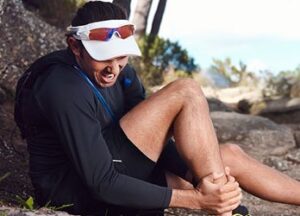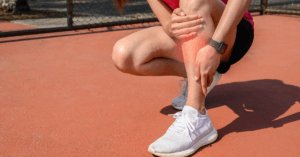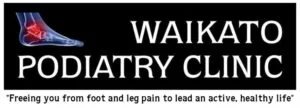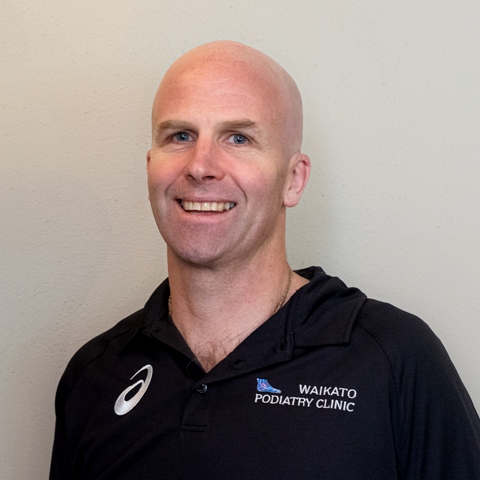Shin Pain
 Shin pain is one of the most common injuries seen by a sports podiatrist. Shin splints are not a specific diagnosis but a common term used to describe pain coming from the shin area.
Shin pain is one of the most common injuries seen by a sports podiatrist. Shin splints are not a specific diagnosis but a common term used to describe pain coming from the shin area.
Shin pain, a common issue for walkers. This pain typically runs down the front of the shin and is caused by overuse of the muscles responsible for controlling foot movement. These muscles work twice—first, to slow the foot’s descent (decelerating foot slap), and second, to lift the foot for ground clearance as you walk. Transitioning from running to walking can also aggravate this muscle, leading to soreness.
An accurate diagnosis and treatment plan needs to be established.
There are three common causes of shin pain, whereby one or more can be present.
1- Periostitis
(inflammation of the bones’ covering)
This is the single most common cause of shin pain and is usually characterized by an exercise induced dull ache in one or both shins. Predisposing factors include training errors, bio-mechanical problems and poor equipment.
Treatment
There are a range of treatment options, including rest from aggravating activities, icing the shins, stretching and strengthening tight muscles, and perhaps short-term use of an oral anti-inflammatory to help settle the deep inflammation.
Also, everything works better when it is in the right place. Our foot position can load areas of the shin more and contribute to the pain. That’s where we really help by correcting this and putting things in the right place.

2- Bone Strain / Stress Fracture
If you ignore the onset of periostitis (inflammation of the bones' covering) or the condition deteriorates, it may result in increased damage to the underlying surface of the bone, which can affect the rate of bone growth and repair. Predisposing factors include failure to rest, ignoring signs of chronic painful periostitis, training or exercise errors and of course if things are not in the right place.
Treatment
Rest is your best treatment and the length of absolute rest varies (from 3-12+ weeks) according to the degree of the injury. In severe cases, some type of immobilization may be applied to aid rest. We can help you identify and address predisposing factors to prevent re-injury upon your return to exercise and advise you on activities to maintain your fitness levels during rest. Once again we will put things in the right place to better spread the load through the shins.
3- Muscle Compartment Syndrome
Under muscle compartment syndrome, the muscles become restricted and compressed by tight tissue compartments or fascia. This usually occurs during exercise when blood enters the working muscles that then swell, become tightened and compress against the fascia.
Treatment
Massage, strengthening and resting the affected muscles can help. Research shows, however, that many chronic compartment syndrome patients end up getting surgery as a long term solution.
At Waikato Podiatry we can provide you with an analysis and recommended treatment program for your condition. Putting things in the right place helps reduce excessive stress to the tissue that adds to this problem.
Shin splint pain relief
To help relieve this discomfort, you can try massaging the muscle along the shin. Use a roller, your hands, or even ice after walking to ease tightness.
Be mindful not to lace your shoes too tightly around the front of the ankle, as this can cause impingement and increase pain.
Another key factor is calf tightness. Tight calves force the shin muscles to work harder, so regular calf stretches will help improve ankle flexibility and reduce strain.
Additionally, review your shoes. Look for shoes with a slight heel lift (heel pitch) and a curved forefoot (rocker sole) to help you move smoothly through your gait without overstretching the shin area. Check the shoe’s wear pattern too—uneven wear can cause imbalances that exacerbate shin pain.
By focusing on these strategies—massage, proper footwear, calf flexibility, and correct shoe fitting—you can help alleviate anterior shin pain and make walking more comfortable.
For more detailed, personalised advice book an appointment with us at Waikato Podiatry.
Still in Pain?
Are you are feeling like you have tried everything but are still in pain?
Do you feel like you have seen every health practitioner you can about your shin splints?
We have a track record of diagnosing and successfully treating cases that have previously proven difficult to resolve and we'd love to help you get back on your feet doing what you love.


